Sarpo Mira and Peas
This beautifully simple side pairs the sweetness of freshly picked peas with the first harvest of our potatoes, Sarpo Mira; which are a tasty, blight resistant variety we’ve grown in large buckets, mostly undercover. With a dash of apple cider vinegar and smoked sea salt, this dish is both savoury and smooth, as well as sweet and acidic. Perfect for a summer afternoon.
For this version of the recipe I wanted to only use a handful of ingredients that have grown within a few metres of one another. I enjoy exploring not only seasonal flavours but also those of certain ecosystems as a celebration of the food we find growing in distinct regions. Whilst these ingredients certainly don’t constitute an ecosystem, my appetite for such things got the better of me, and this meal was born. For those who follow my regular posts on Instagram, you will have most likely seen a photo of the Nasturtium climbing the peas in the Polycrub, becoming an entangled triffid of green life that shares it’s space, soil biology, air and pollinators. The dill and coriander featured in this recipe grew at the other end of the raised bed and the potatoes took shelter from the late frosts less than 10cm away. Whilst this is a fun way to enjoy the flavours of the garden, it isn’t crucial that you follow this recipe word for word. If you happen to have radish, chard, spinach or anything else that needs using up then the wonderful flexibility of this dish will suit it perfectly. I will include a step in the recipe below on how and when I would add such ingredients in.
The Sarpo Mira potatoes are largely known for being a massive, pink skinned main crop with a dry and starchy texture and extreme tolerance to blight and diseases. But for this recipe we’ve grown and harvested them as new potatoes, preserving a firm, crisp texture and fresh sweetness that lends itself to boiling. Then, to finish, we’ll lightly fry them in garlic butter and smoked salt to crisp the skins before serving. Later in the year, I plan to harvest more floury potatoes to share the best recipe for mashed potato I have ever eaten! But before we jump into the recipe, I wanted to share one more interesting point about this potato for those of you who enjoy these things as much as I do. This variety in particular doesn’t have any natural senescence (it’s cells do not deteriorate with age) so it can be left to grow until frost eventually stops it. Pretty cool, right?
Now we’re all caught up on potato nerdiness, let’s get on with the tasty bit.
Potato and Peas Recipe
Serves 2 Side / Starter
500-600g Potato
20 Pea pods, shelled
2 Nasturtium flowers
2 Spring onions
100ml Dressing oil
30ml Cider vinegar
Smoked sea salt
Fresh dill and coriander to garnish
2 Cloves of garlic
20g Butter, unsalted
Optional: Additional garden greens such as spinach or chard
Step 1.
Leave your butter out of the fridge whilst completing this first step.
Fill a medium sized saucepan with cold water and a pinch of salt. Set it aside whilst you scrub any soil that may still be clinging to your spuds but don’t start to heat it until your potatoes are in and ready to cook. Starches act differently depending on if they are gently cooked or shocked with high heat. Because we want these potatoes to cook through evenly and hold onto their skins we need to place them in cold water and bring them to the boil to stop the outside cooking more quickly than the middle.
If you’re using your own potatoes, grown into all sorts of natural shapes and sizes, divide them into three rough piles. The first is a collection of all your largest, the second will be the mid range, and the last is a pile of the tiny little ones. If a potato is roughly half the weight of another it will take roughly half the time to cook. For this reason, I set off my largest potatoes first, then set a timer for 10 minutes. After 10 minutes I add the medium sized to the pan and set a timer for 5 minutes. 5 minutes later I add the smallest potatoes and time for a further 10 minutes or so. This means that the medium and small potatoes are cooked more aggressively with direct boiling water but the heat will travel through them much more quickly so they will cook evenly anyway.
Once a fork can be inserted with only a little resistance, drain them into a colander and let them steam dry. It is important to catch the potatoes before they begin to overcook as we need them firm enough to fry without falling apart and the residual temperature held within them will be enough to soften them completely as they fry.
Step 2.
Whilst the potatoes cook, shell your peas and store them to one side in a small bowl.
Step 3.
Crush the cloves of garlic into the butter and add a pinch of smoked salt. By all means scale this part of the recipe up as you can store the garlic butter in freezable boxes or in the fridge for a month (frozen for 3 months).
Step 4.
Pop the potatoes in a frying pan with the garlic butter and fry on a medium heat to crisp the skin. Rotate the potatoes every 2-3 minutes to give them an even coverage. If you’re cooking radish in this recipe, finely dice them and add them at this stage.
Whilst they fry, chop the top off two spring onions and place the spring onions in the frying pan with the potatoes. Put the tops into a blender with a pinch of salt, the dressing oil and cider vinegar. Blend until smooth. This might be easier if you have a stick blender in a narrow sided cup as the small amount of liquid in this recipe will be lost in a conventional blender.
Step 5.
When the potatoes and spring onion are nearly done, put 200ml of boiling water in a pan with a pinch of salt and blanch the peas for 30 seconds. 2 minutes before the potatoes are cooked, add any roughly chopped chard or spinach you might like. Let them sauté for a minute before serving.
Place the potatoes in two bowls and cover with the dressing. Scatter peas over both bowls, then decorate with coriander, dill and flower petals. Finally, add the crispy spring onion on top after removing any excess oil with a paper towel.



